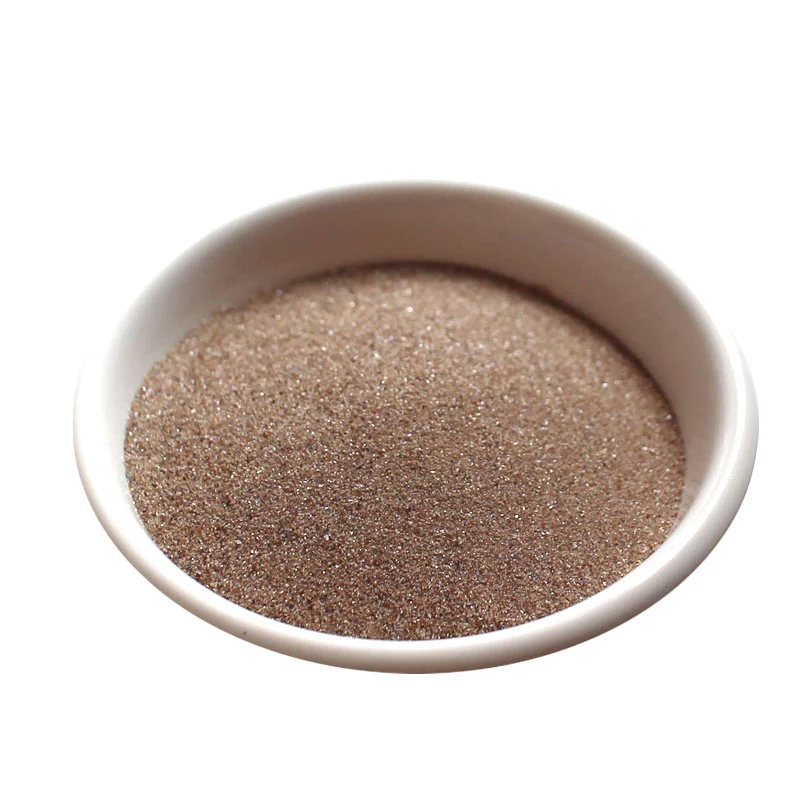Zircon sand (ZrSiO4) is a naturally occurring mineral, used in many strategic industries. The largest global deposits are found in Australia, S. Africa but with smaller volumes in India, S.Asia, China, and W & E Africa. Zircon sand can be used directly in certain foundry applications or fine-milled to produce Zircon flour.
Zircon is mainly consumed as an opacifier and has been known to be used in the decorative ceramics industry. It is also the principal precursor not only to metallic zirconium, although this application is small, but also to all compounds of zirconium including zirconium dioxide (ZrO2), one of the most refractory materials known.
Other applications include use in refractories and foundry casting and a growing array of specialty applications as zirconia and zirconium chemicals, including in nuclear fuel rods, catalytic fuel converters and in water and air purification.
| Technical Specifications | |
| Hardness: **8 | Specific gravity: 4.**4.*1 |
| Refractive index: 1.***2.1 | Melting point: ***0°C |
| Birefringence | Direct asbsorbance of light |
| Low magnetic susceptibility | Electrical insulation |
| Chemical Composition % | |||||
| Grade | (Zr.Hf)O2 | TiO2 | Fe2O3 | Al2O3 | SiO2 |
| Super | ≥*6 | ≤0.*6 | ≤0.*8 | ≤1.0 | ≤*2 |
| Grade 1 | ≥*5 | ≤0.*5 | ≤0.1 | ≤1.0 | ≤*4 |
| Grade 2 | ≥*3 | ≤0.5 | ≤0.3 | ≤1.0 | ≤*4 |
| Grade 3 | ≤*3 | ≤0.5 | ≤0.3 | ≤1.0 | ≤*4 |
| Grade 4 | ≥*0 | ≤3.5 | ≤0.8 | ≤1.2 | ≤*2 |
| Grade 5 | ≥*5 | ≤8.0 | ≤1.5 | ≤1.5 | ≤*1 |
